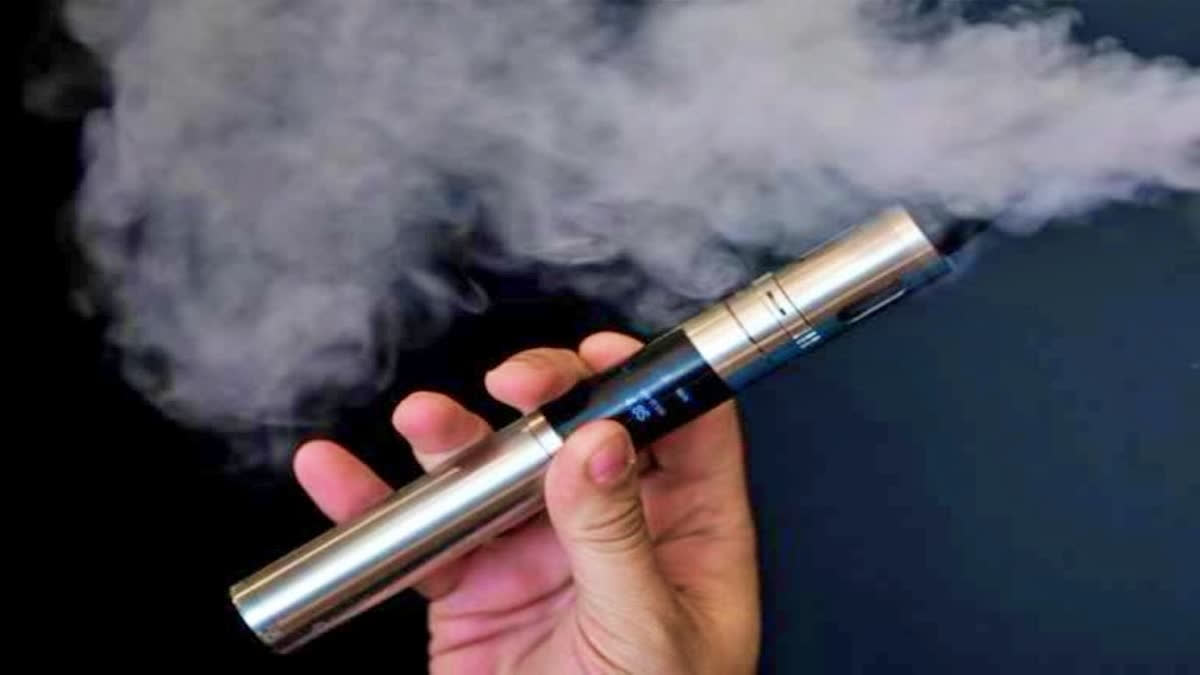New Delhi: Admitting that the emergence of e-cigarettes and other new tobacco and nicotine products present a grave threat to youth and tobacco control, the World Health Organisation (WHO) on Friday appealed government to protect young people from the uptake of tobacco, e-cigarettes and other nicotine products by banning or tightly regulating these products.
The global health watchdog recommended creating 100 per cent smoke-free indoor public places, banning flavoured e-cigarettes, banning marketing, advertising and promotion, higher taxes, increasing public awareness of the deceptive tactics used by the industry and supporting youth-led education and awareness initiatives.
The World Health Organisation (WHO) and STOP, a global tobacco industry watchdog, have launched a “Hooking the Next Generation,” report highlighting how the tobacco and nicotine industry designs products, implements marketing campaigns and works to shape policy environments to help them addict the world’s youth.
“These deceptive tactics highlight the urgent need for strong regulations to protect young people from a lifetime of harmful dependence,” the WHO said.
The report was released ahead of World No Tobacco Day on May 31. The report shows that globally an estimated 37 million children aged 13–15 years use tobacco, and in many countries, the rate of e-cigarette use among adolescents exceeds that of adults. In the WHO European Region, 20 per cent of 15-year-olds surveyed reported using e-cigarettes in the past 30 days.
Studies demonstrate that e-cigarette use increases conventional cigarette use, particularly among non-smoking youth, by nearly three times.
“History is repeating, as the tobacco industry tries to sell the same nicotine to our children in different packaging. These industries are actively targeting schools, children and young people with new products that are essentially a candy-flavoured trap. How can they talk about harm reduction when they are marketing these dangerous, highly addictive products to children?,” said Dr Tedros Adhanom Ghebreyesus, WHO Director-General.
These industries continue to market their products to young people with enticing flavours like candy and fruit. Research in the United States of America found that more than 70 per cent of youth e-cigarette users would quit if the products were only available in tobacco flavour.
According to WHO, in 87 countries, between 2014 and 2018, each reported that between 0.4 per cent and 22.7 per cent of 13–15-year-olds had been offered a free tobacco product by a tobacco company representative.
“Eighty-five per cent of 15–30-year olds were exposed to e-cigarette advertising across multiple media platforms, and that higher rates of exposure were linked to higher rates of e-cigarette use,” it said.
Product design and flavours
The industry has accelerated the introduction and marketing of flavoured products across regions in recent years. Research confirms that flavour is a primary reason why youth try e-cigarettes and other nicotine and tobacco products. In the absence of legal restrictions, tobacco and related industries manufacture and sell products in a wide range of flavours, such as fruit and candy. E-cigarettes are available in at least 16,000 unique flavours.
Pervasive marketing
Advertising, promotion and sponsorships are targeted at youth and are increasingly being placed in digital contexts popular with this audience. Exposure to these platforms impacts behaviour. One study found that daily use of one social media platform among middle school students was associated with a 3.8 per cent increase in the risk of current e-cigarette usage, rising to 6.1 per cent among high school students. Another found that each additional hour per day spent on the platform among first-year university students was associated with a 4.6 per cent increase in the probability of lifetime e-cigarette use.
Sports sponsorship
This helps build brand recognition and appeal. According to WHO, Formula 1 sponsorship enables tobacco companies to promote their messages and brands to the sport’s increasingly younger global fanbase via race footage, social media and other promotional activity linked to the sport. They also reach viewers of Netflix’s reality series. BAT’s sponsorship of the McLaren F1 team helps it promote its e-cigarette brand, Vuse, in countries like India, where e-cigarettes are banned.
Corporate social responsibility
Tobacco and related industries also use corporate social responsibility activities to raise brand awareness and polish their reputations among young audiences. In some countries, the industry sponsors academic scholarships or the building of schools to encourage positive sentiments and distract from its exploitation of the young.
Read more: Man Arrested For Selling E-Cigarettes In Bengaluru


